Dirk Hendricksz Centen attr.
Madonna and Child with the Infant, St. John and St. Anne (from the Madonna della Gatta by Giulio Romano)
Olio on canvas
in 55,12x66,93
Carefully cleaned and brought back to a perfectly legible condition, this remarkable room-sized canvas is one of the most distinctive paintings to have recently emerged from the artistic landscape of the third quarter of the 16th century.
We are looking at a representative work of the northern painting season in Italy, dated — unless we are mistaken — to the 1570s, more likely earlier than later.
This canvas faithfully reproduces — with a few telling variations — one of the masterpieces created during Raphael Sanzio’s Roman period, and indeed one of the highlights of the Museo e Real Bosco di Capodimonte in Naples.
If the proposed early dating proves accurate, the attribution to a recognizable hand, not Italian except by adoption, becomes equally convincing: that of Dirck Hendriksz Centen, a native of Amsterdam who came to work in Italy toward the end of the 1500s.
We are, in every respect, in front of an early replica, with perceptible variations, of one of the high points of Giulio Pippi, known as Giulio Romano, from the early 16th century: the Madonna della Gatta, displayed on the first floor of the Capodimonte Museum.
This “new” painting — which should not postdate the last two decades of the 16th century — is a critical exercise, a painter-to-painter lesson on Giulio’s Raphael-inspired version, but — it should be noted — completely reinvented in a softer, more sentimental register.
The reference to Teodoro d’Errico emerges naturally on stylistic grounds and is supported by direct comparison with the master’s works.
From the critical analysis, Prof. Stefano Causa
The painting is accompanied by:
Expertise Prof. Stefano Causa
in 55,12x66,93
Provenance
Private collection
Defects and restorations.




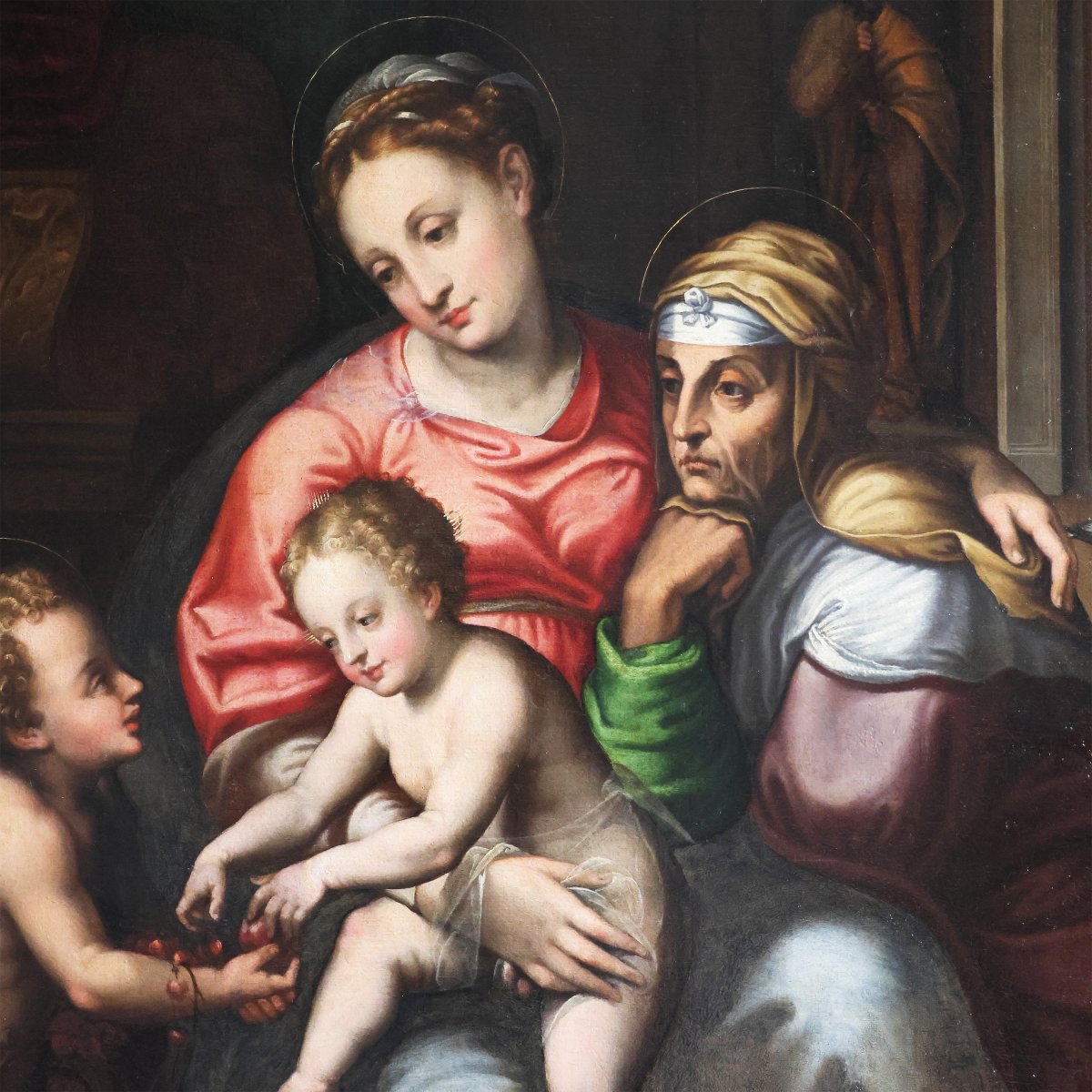

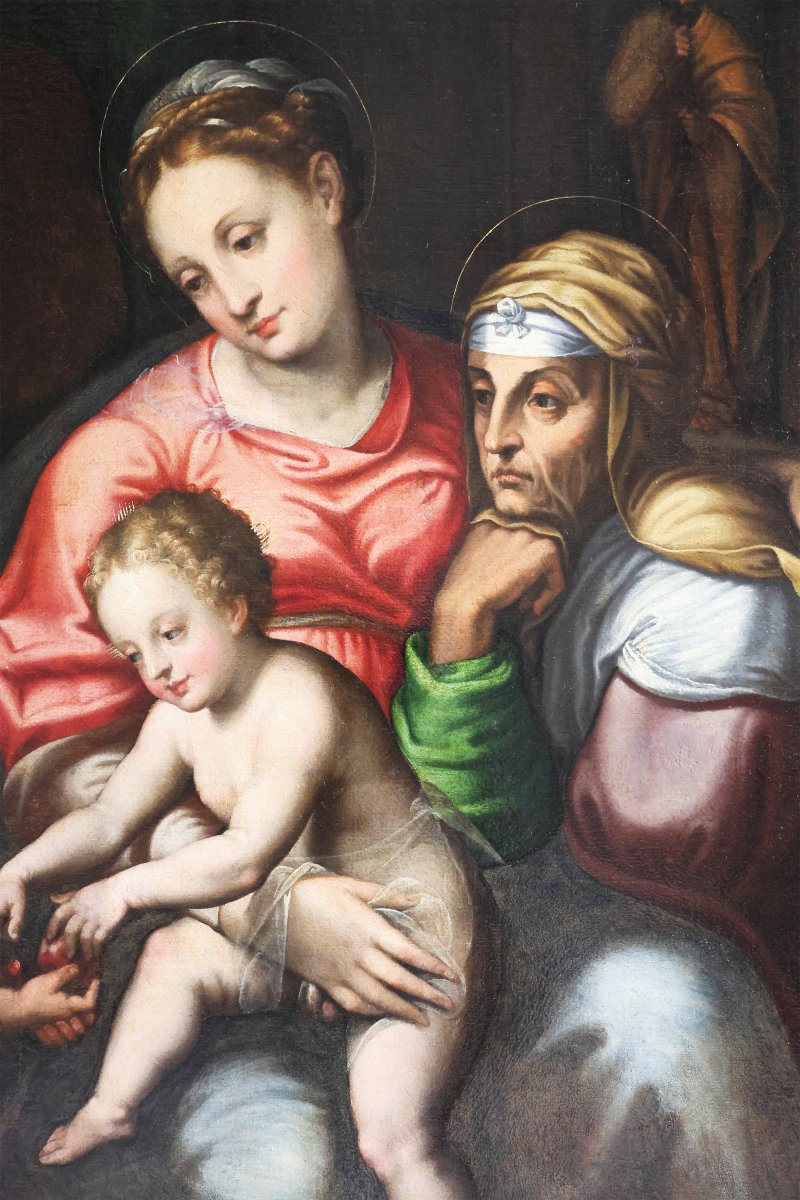
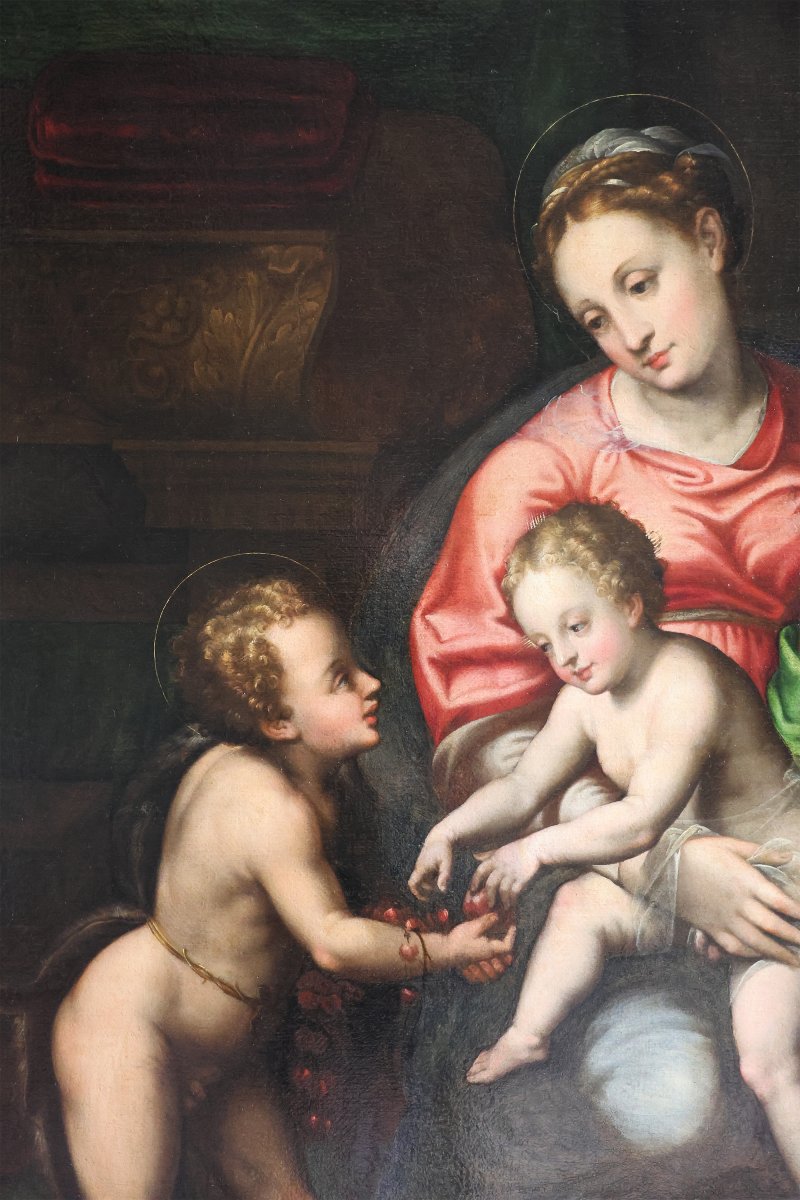

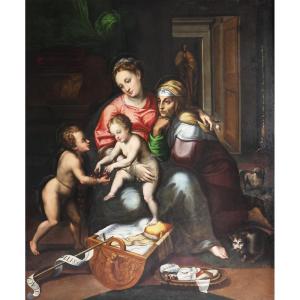






















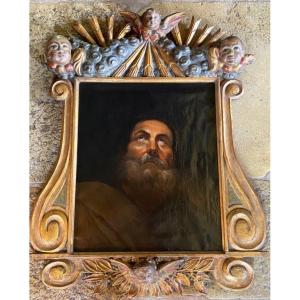



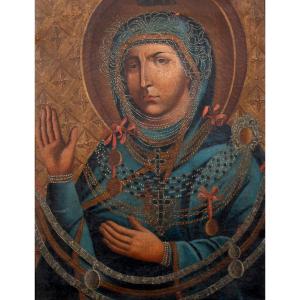



 Le Magazine de PROANTIC
Le Magazine de PROANTIC TRÉSORS Magazine
TRÉSORS Magazine Rivista Artiquariato
Rivista Artiquariato